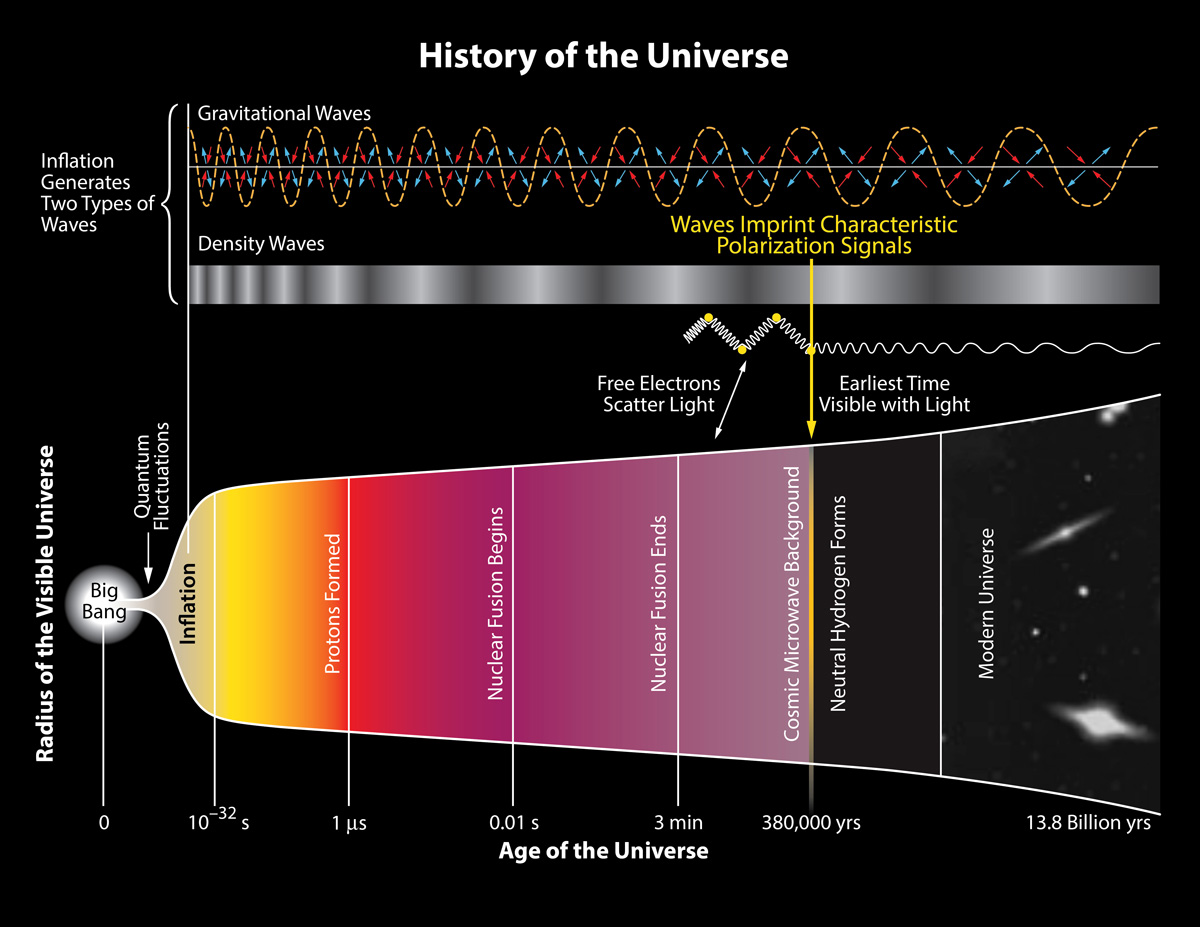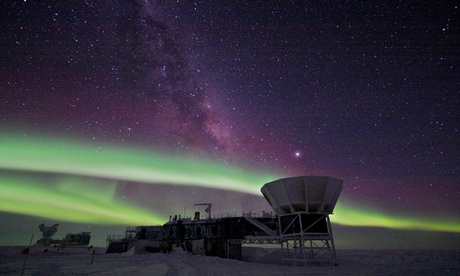Originally posted by mstng86
View Post
info: http://www.kurzweilai.net/first-dire...smic-inflation
There's more info and pics there.








Leave a comment: